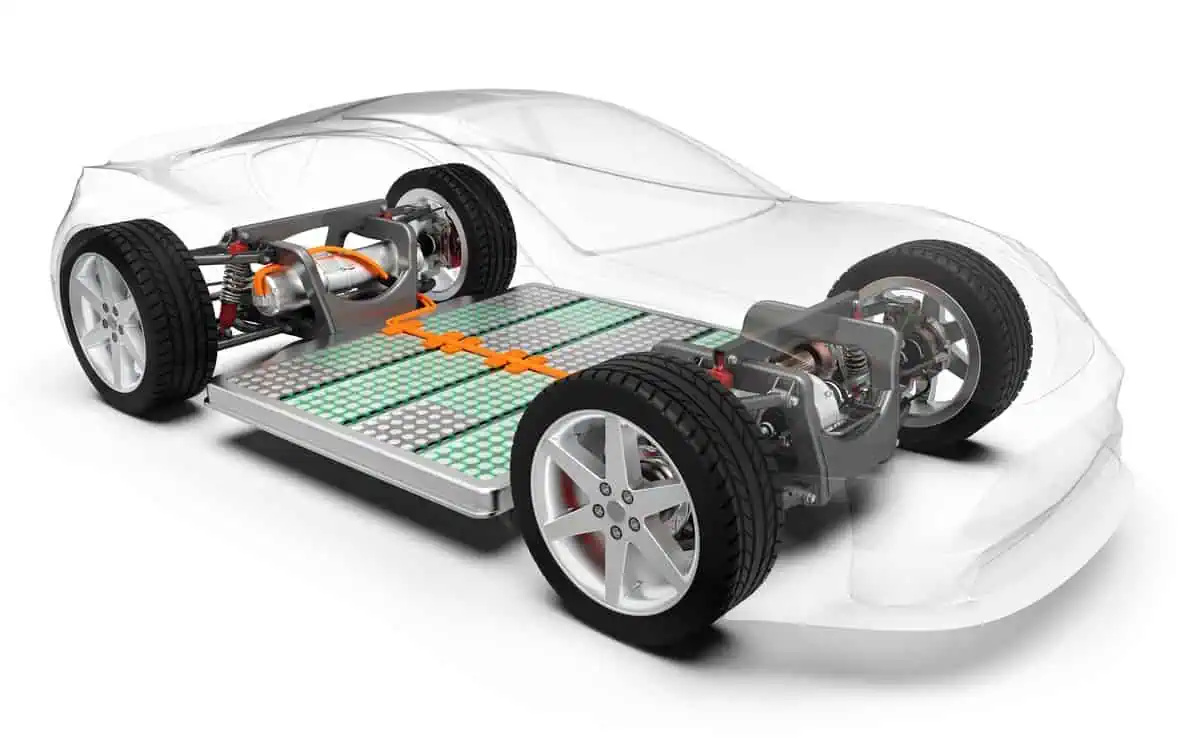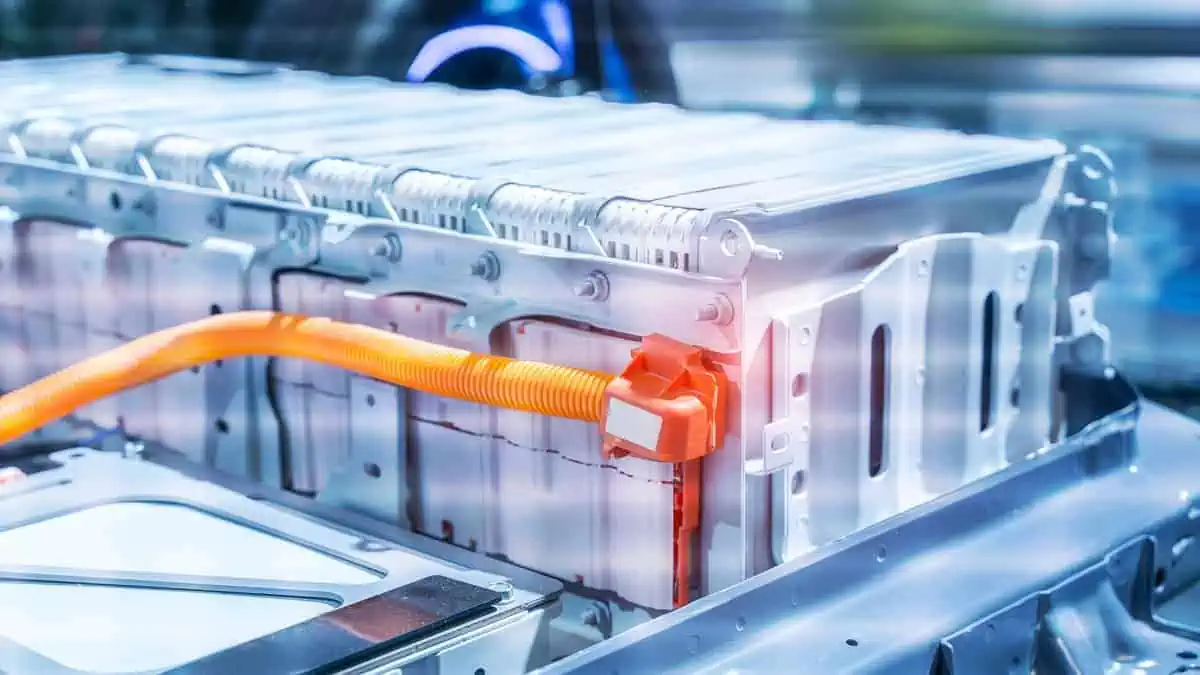General Motors and battery manufacturer Microvast have announced a partnership to develop specialized electric vehicle battery separator tech, as per Electrek.
The partnership will also construct a new separator factory in the United States, which is anticipated to generate hundreds of new job opportunities.
GM chief technology officer and VP of R&D Kent Helfrich stated:
“This collaboration with Microvast supports our ongoing efforts to develop a North American-focused EV supply chain and help put everyone in an EV. It will also provide us with pioneering separator technology that can be used in future Ultium batteries, and most importantly, supports our continuing commitment to safety.”
Notably, the US Department of Energy’s program on Battery Materials Processing and Battery Manufacturing will grant $200 million to fund this joint endeavor.
Battery separators technology
Separators are essential components in the battery cell for the safety of EV batteries. To put it simply, ion transfer is facilitated by the separation of the anode and cathode.
This cutting-edge technology is intended to improve the thermal stability of EV batteries and function with almost all varieties of li-ion cells. It includes “graphite, silicon, and lithium-metal anodes and nickel-rich, cobalt-free, lithium iron phosphate-type and high-voltage cathodes,” as per GM.
“We expect the safety advantages of our innovative, highly thermally stable polyaramid separators to transform high-energy lithium-ion battery development and drive significant value for the industry,” said Dr. Wenjuan Mattis, chief technology officer at Microvast.
Unfortunately, the partners did not yet disclose the location or schedule for the new separator plant’s construction in the United States.
GM to be eligible for full IRA EV tax credit
According to a report from Electrek last week, GM CEO Mary Barra claimed that in two to three years, the company’s EV models would be eligible for the full Inflation Reduction Act (IRA) tax credit:
“We think, out of the gate, we’re going to be eligible for the $3,750, and we’ll ramp to have full qualification in the next two to three years, getting up to the $7,500.”
However, GM must fulfill the critical minerals and battery components conditions for its electric vehicles to be eligible for the full IRA EV tax credit.






